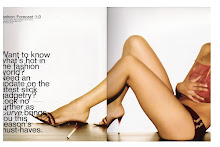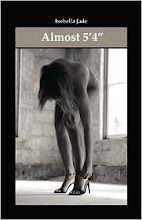After doing some Googling I have found that in:
1800s: The ideal was plump, fleshy, full-figured. Corsets made waists artificially tiny while accentuating hips and buttocks and making for digestive tract problems.
1900s-1950s: Thinner became more fashionable. By the 1920s, the Victorian hourglass gave way to the flapper, who bound her breasts to achieve a washboard profile. By the 1950s, a thin woman with a large bust was considered most attractive, thanks largely to Marilyn Monroe. Women now needed to rebuild the curves they had tried to bind and restrain.
1960s: For the first time in history, a severely underweight woman became the female ideal with the arrival of model Twiggy. Weighing in at a shapeless 91 pounds on a 5-foot-6 frame, she had the look of a prepubescent boy.
1970 to today: As the average American got heavier, Playboy magazine promoted slimness through 1978. Miss America winners after 1970 weighed less than the other contestants. The 1980s beauty ideal remained slim but required a more toned and fit look. The 1990s body ideal was Pamela "Baywatch" Anderson, an almost impossible combination of anorexia with gravity-defying breasts.
Today: Thin is in, as is artificial means such as liposuction lessen hips, buttocks and fat in general. In 1975 top models and beauty queens weighed only 8 percent less than the average women. Today they weigh 23 percent less. Both eating disorders and obesity are on the rise.
Until the early 1900s, all clothing was custom-made so fashion and clothing was really not defined by height, it was more about "could you afford it?" Most people didn't have so many pieces of clothing and instead just a few nice outfits.
Wednesday, June 25, 2008
Subscribe to:
Post Comments (Atom)











+copy.jpg)








No comments:
Post a Comment